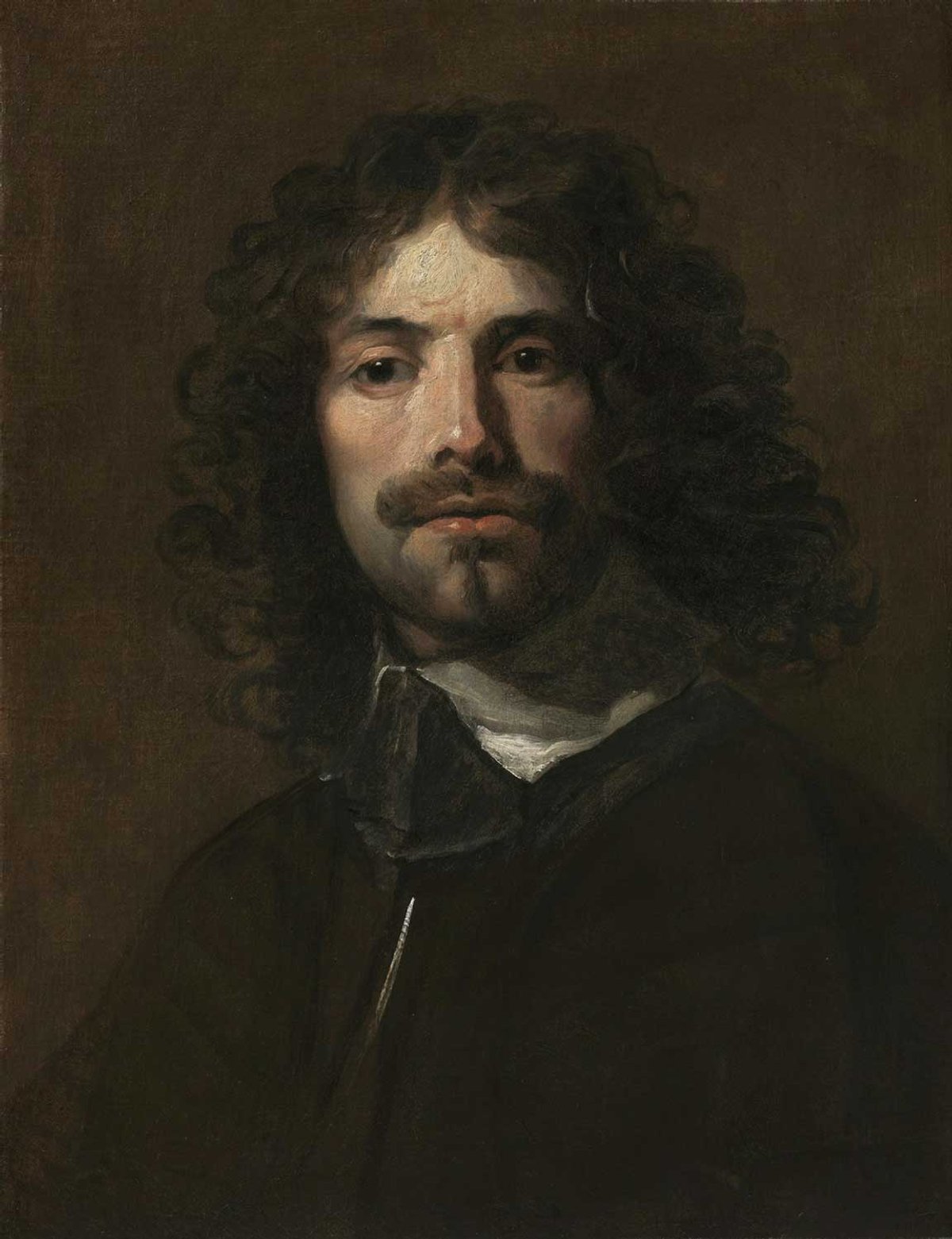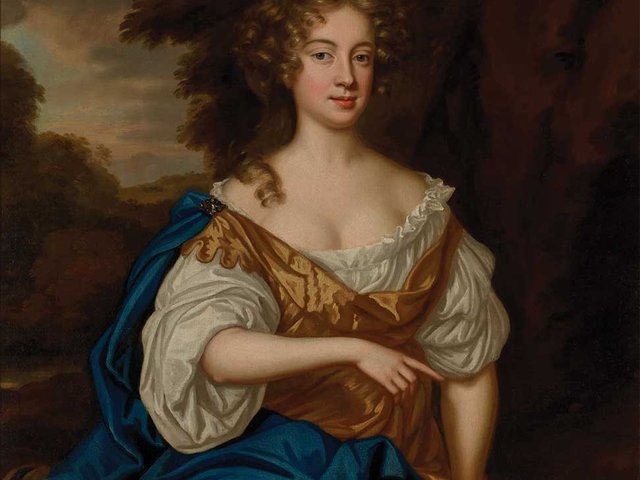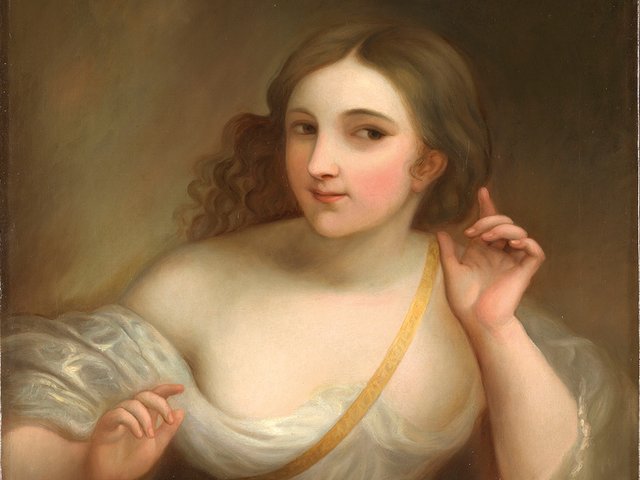William Dobson’s Self-Portrait (around 1635-40)
Tate and National Portrait Gallery, London
Described by one 17th-century biographer as “the most excellent painter that England hath yet bred”, William Dobson (1611-46) succeeded Anthony van Dyck as a court artist to the exiled Charles I during the English Civil War. Dobson died in poverty at age 35 after the king and his royalists were defeated by parliament, leaving around 60 paintings to his name. Tate and the National Portrait Gallery have joined forces to fulfil a decades-long ambition to acquire this rare early self-portrait, which will go on view in November at Tate Britain ahead of a UK tour. The painting was purchased by private treaty sale for £2.4m, with lead support from the National Lottery Heritage Fund.
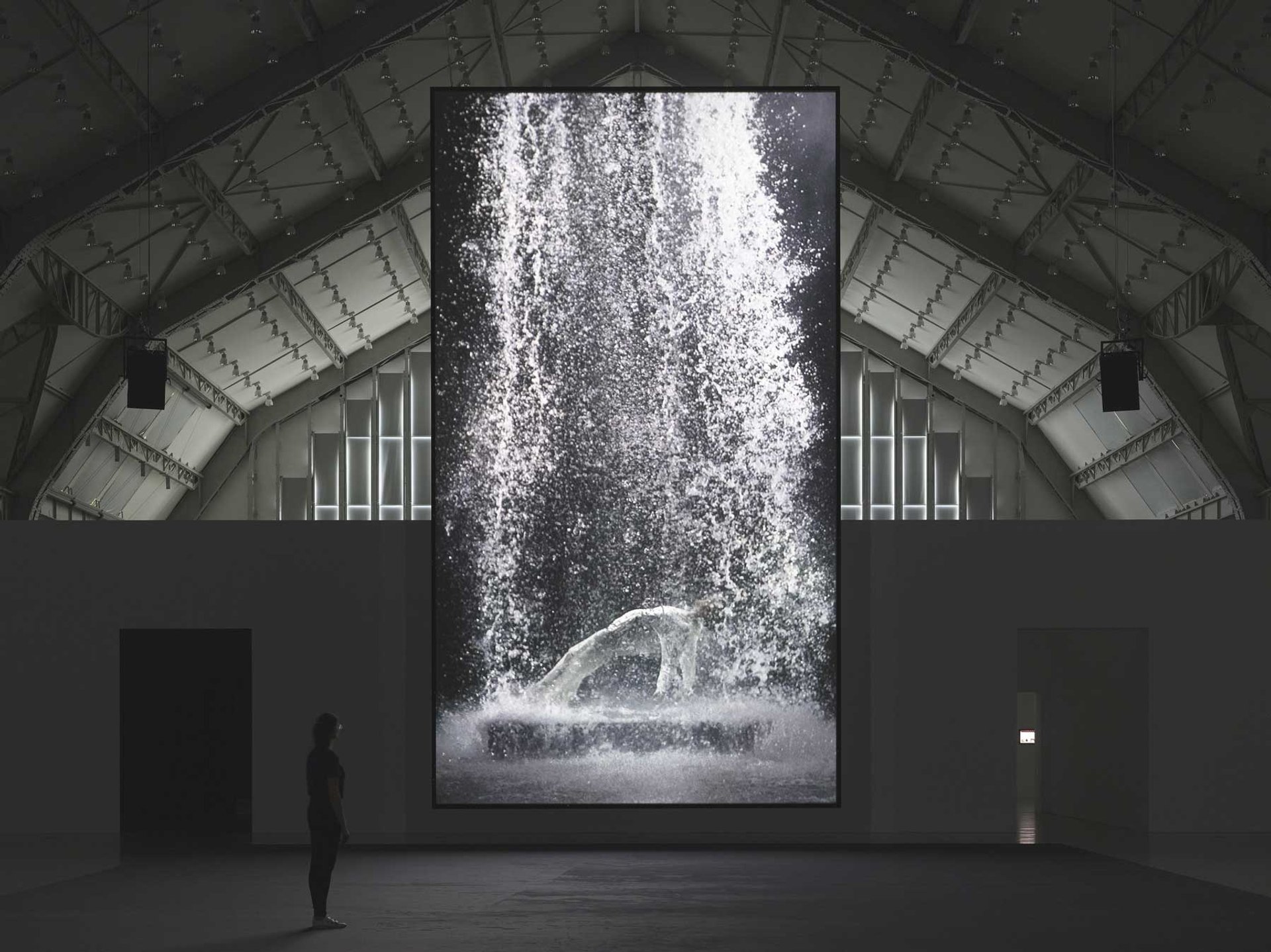
Bill Viola's Tristan’s Ascension (The Sound of a Mountain Under a Waterfall) (2005)
Courtesy Deihtorhallen, Hamburg
Bill Viola’s complete moving-image works
George Eastman Museum, Rochester, New York
The George Eastman Museum will digitise the complete moving-image works of Bill Viola in what its director, Bruce Barnes, calls “a landmark project and donation”. A pioneer in the emerging technology of video in the early 1970s, Viola created emotionally resonant installations meditating on life and death, spirituality and the elements. The Viola-Perov Trust, which has stewarded the artist’s legacy following his death in July 2024, donated more than 200 works originally recorded on magnetic media and 35mm film to the Eastman Museum for long-term preservation. The project will create high-resolution digital masters of each source recording—one copy for the museum and one for the Viola-Perov Trust—which will be periodically updated to new generations of technology.
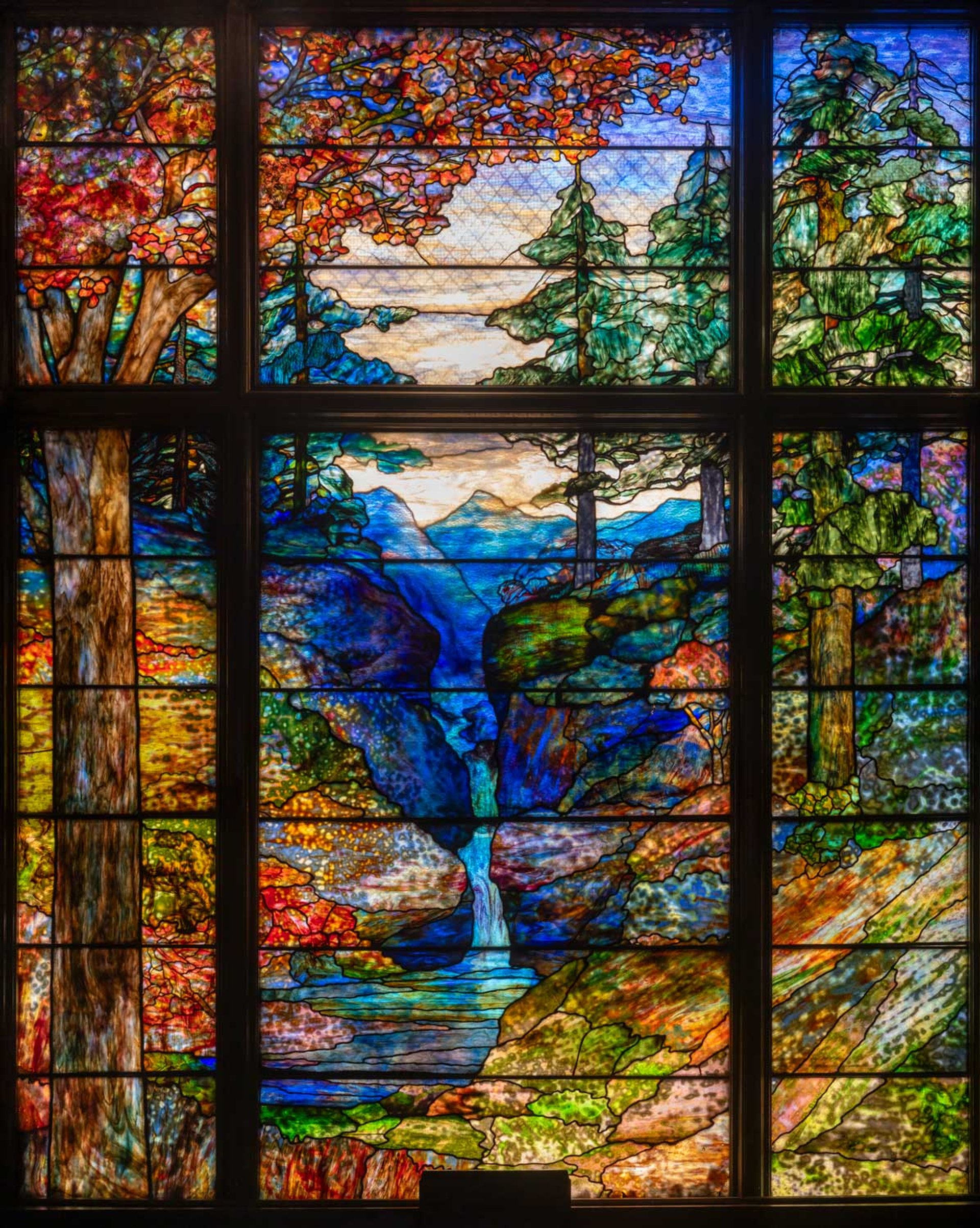
Photo: courtesy Ansen Seale
Mountain Landscape (Root Memorial Window) by Tiffany Studios (1917)
Crystal Bridges Museum of American Art, Bentonville, Arkansas
This monumental Tiffany Studios stained-glass window, depicting a waterfall at the centre of a wooded landscape, was installed for more than 90 years in a chapel in San Antonio, Texas. Designed by Agnes F. Northrop in 1917, the window was originally commissioned for the Omaha headquarters of Woodmen of the World—a fraternal benefit organisation—in tribute to its founder, Joseph Cullen Root. In 1931, it was relocated to a chapel of the organisation’s San Antonio tuberculosis hospital, which was taken over by the Sunset Ridge Church in the late 1950s. Crystal Bridges Museum of American Art has now acquired the window and will conserve it in preparation for its major campus expansion, opening in 2026.


